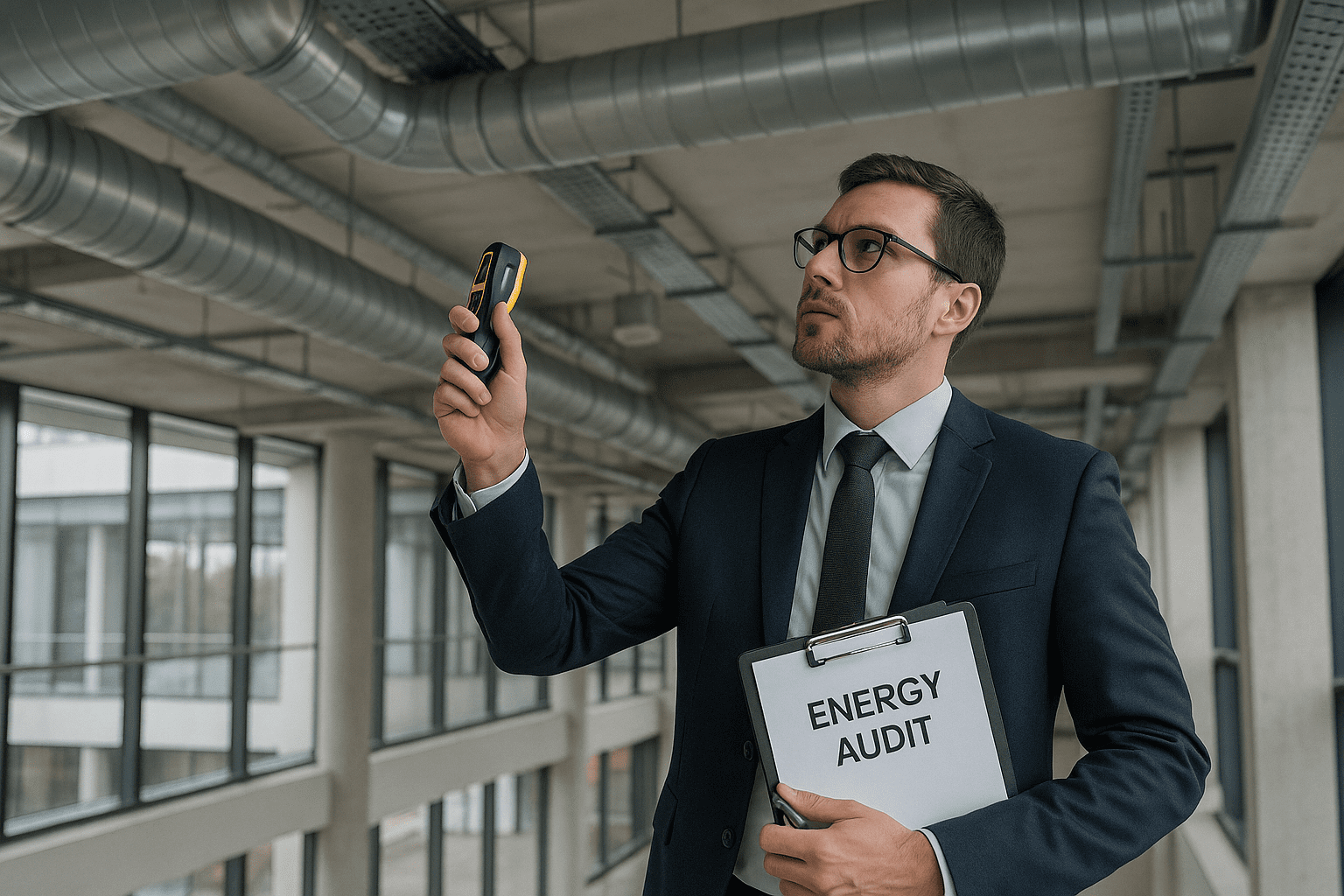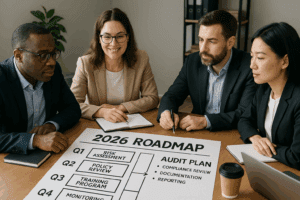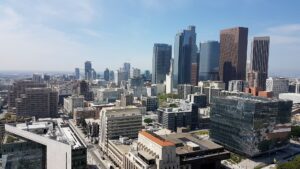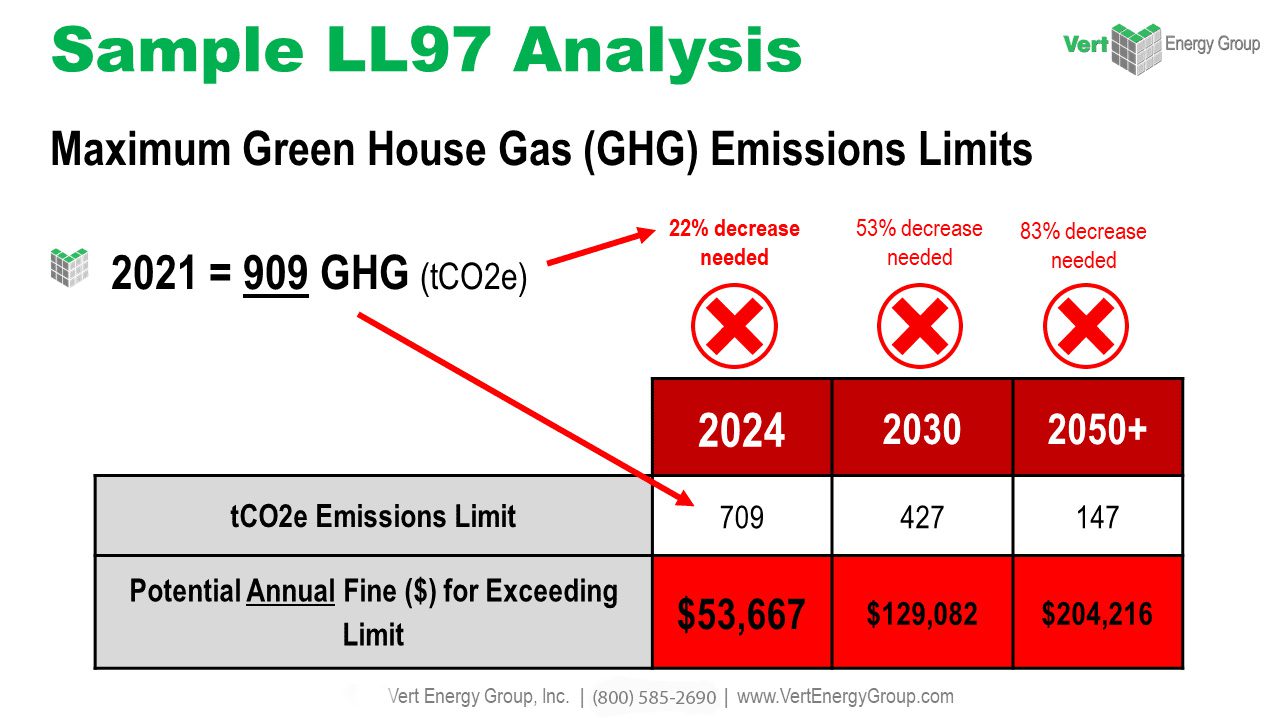If Tier 3 sounds familiar, it’s already too late to ignore it.
The clock is ticking for Seattle property owners and managers to meet the Seattle Clean Buildings Tier 3 compliance 2025 standards. Starting Q3, Tier 3 penalties under Washington’s Clean Buildings Act will take effect—and the financial consequences aren’t small. Whether you’re fully briefed on Clean Buildings Act audit Seattle requirements or just starting to explore what this law means for your properties, this is your moment to act. Tier 3 audit deadline WA 2025 is no longer far off, and if you haven’t booked your Seattle Clean Buildings energy audit, you’re at risk of falling behind.

This blog will break down what Tier 3 means, who it affects, and how to avoid Clean Buildings Act penalties Seattle before enforcement ramps up. You’ll learn what’s required in a compliant Clean Buildings audit in WA, and how to build a proactive CBA compliance strategy now—not later. If you’re managing commercial buildings in Seattle, this is not just an energy issue—it’s a legal one. Let’s walk through how to comply with Tier 3 Clean Buildings Act Seattle and the audit steps that can keep you ahead of the law. Ready to avoid the fines? Book your Tier 3 audit today.
What Is Tier 3 and Why It Matters Now
Tier 3 is the latest—and final—phase of Washington’s Clean Buildings Performance Standard. It targets commercial buildings between 20,000 and 50,000 square feet, which had not been regulated under earlier tiers. As of Q3 2025, these buildings are required to meet minimum energy performance standards or face significant financial penalties.
What makes Tier 3 urgent is that it brings thousands of mid-size Seattle properties under state scrutiny for the first time. Penalties begin at $5,000 per building, plus $1 per square foot for each year the building remains noncompliant. These are not hypothetical penalties—they are active enforcement measures backed by Washington State’s Department of Commerce.
Seattle’s dense inventory of mid-size commercial properties means many owners and managers are just now realizing their obligations. Delay is risky—qualified auditors are limited, and compliance requires planning, not last-minute fixes.
Who Is Affected by Tier 3?
Tier 3 covers a wide range of commercial and mixed-use buildings throughout Seattle. If your building is between 20,000 and 50,000 square feet and used for non-residential purposes, it’s almost certainly included—regardless of whether you’ve made recent upgrades or not.
Affected building types include:
- Mid-rise office buildings
- Warehouses and flex spaces
- Hotels and lodging facilities
- Grocery stores and strip malls
- Auto dealerships and large retail stores
- Religious institutions and large civic buildings
Importantly, the law is performance-based, not equipment-based. Even buildings with modern systems must meet EUI targets. Simply having “efficient” equipment isn’t enough—you must prove whole-building energy performance and follow audit protocols.
What Does a Compliant Audit Include?
A Tier 3-compliant Seattle Clean Buildings energy audit is detailed and highly structured. It’s not a casual inspection—it must be completed by a qualified professional who follows the CBA-mandated framework and documents findings in a state-accepted format.
Audits must cover:
- Energy benchmarking: A baseline of your building’s actual energy usage using ENERGY STAR Portfolio Manager or approved tools.
- EUI target alignment: Comparing your Energy Use Intensity with the mandated target based on your building type.
- Systems evaluation: In-depth inspection of lighting, HVAC, envelope, water heating, and controls.
- Cost-effective ECMs: Identification of energy-saving measures that have a simple payback of 15 years or less.
- Action Plan development: A strategy for implementing necessary upgrades, tracking progress, and meeting compliance deadlines.
Many buildings require 60–90 days to gather documentation and implement even minor retrofits, making audit scheduling a top priority now—not next quarter.
Clean Buildings Audit Requirements in Washington
Washington’s Department of Commerce provides a strict structure for how Tier 3 compliance must be documented and maintained. Building owners cannot “self-certify” or substitute informal assessments for the formal audit process.
Required documentation includes:
- 12 months of utility data for all fuels and meters
- A baseline EUI score, with variance analysis compared to the state’s target
- Detailed list of cost-effective energy conservation measures (ECMs)
- A Compliance Action Plan, submitted through the state’s SecureAccess WA portal
- Annual reporting that proves progress toward achieving energy goals
Every submission must be signed by a Qualified Energy Auditor (QEA)—and state verification can occur at any time, particularly for buildings flagged for poor performance or missing reports.
CBA Compliance Strategy: Act Now, Not Later
Waiting until the last minute can cost you—literally. Qualified energy auditors are already booking weeks out, and retrofitting timelines can stretch into months. Compliance is more than scheduling an audit; it’s a strategic, step-by-step process to avoid penalties and long-term operating inefficiencies.
Steps to take today:
- Schedule your energy audit now to secure a qualified provider before peak season hits.
- Start collecting utility and system data, including electric, gas, and water usage.
- Identify and price ECMs early, so you’re not caught by surprise with retrofit costs.
- Set up internal compliance tracking, using ENERGY STAR Portfolio Manager or similar tools.
- Assign ownership: Know who on your team is managing compliance across audit, reporting, and upgrades.
Inaction isn’t just a risk to your wallet. Noncompliance can affect tenant retention, lease renewals, and building valuations—especially as sustainability metrics become central to investment decisions.
FAQ: Seattle Tier 3 Clean Buildings Act
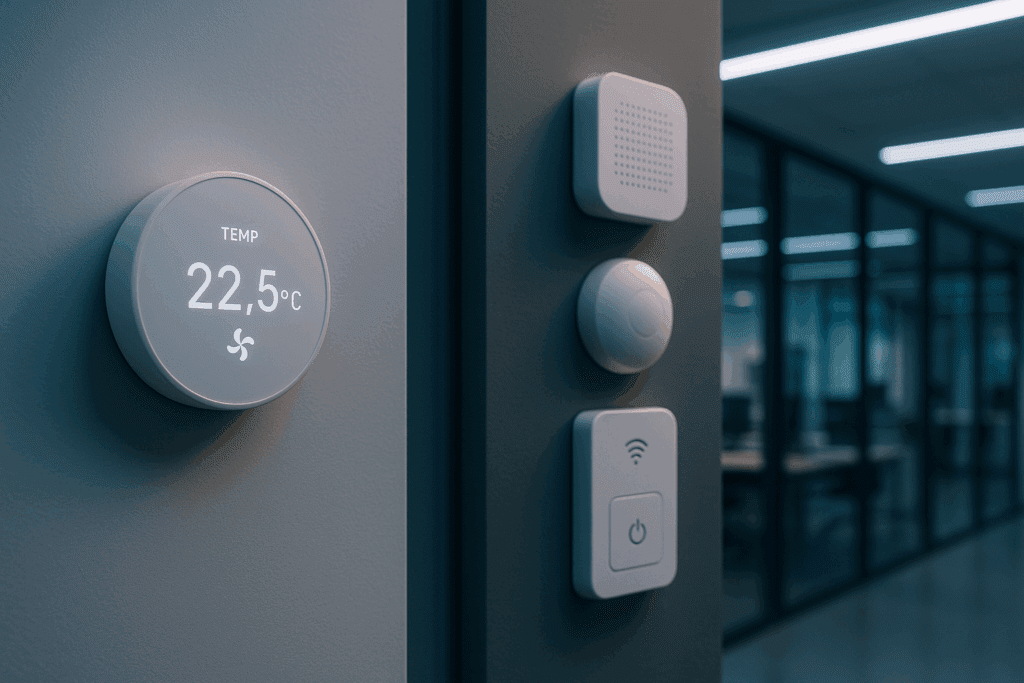
- What buildings are affected by Tier 3 compliance in Seattle?
Any non-residential building between 20,000 and 50,000 square feet must comply unless exempted by specific use cases (e.g., parking-only facilities or industrial buildings without HVAC). - What is the deadline to comply with Tier 3?
The official enforcement begins in Q3 2025, but audits and compliance planning should already be underway. Delays reduce your margin to correct noncompliance. - What happens if I don’t comply?
Penalties include a $5,000 fine plus $1 per square foot per year of noncompliance. A 40,000 sq. ft. building could face $45,000 annually in fines. - How long does a Seattle Clean Buildings energy audit take?
Plan for at least 4 to 6 weeks from start to delivery. Gathering documentation, scheduling inspections, and developing the Compliance Action Plan all take time. - What if I made recent energy upgrades—am I already compliant?
Not necessarily. Compliance is based on EUI targets, not equipment type. Even with upgrades, you must prove building-wide performance and submit a compliant audit.
Don’t Let Tier 3 Catch You Off Guard
If you’ve made it this far, one thing is clear: Tier 3 compliance is no longer a future concern—it’s a current one. Seattle’s Clean Buildings Tier 3 law is here, and it brings real stakes for thousands of mid-size property owners. We’ve walked through what Tier 3 means, the types of buildings it covers, and what a compliant audit involves. From required documentation to strategic action steps, everything you need to avoid Clean Buildings Act penalties in Seattle starts with one decision: acting now.
The penalty clock starts ticking in Q3 2025. Waiting until then will leave you scrambling—if not paying. Schedule your Seattle Clean Buildings energy audit today. Get ahead of Tier 3. Stay compliant. Stay profitable.
VertPro.com offers tools and services to help property owners and managers improve building energy efficiency and meet regulatory standards. Whether you’re looking for instant pricing on energy audits, need support with benchmark compliance, or want to explore available building upgrade options, VertPro® provides user-friendly technology solutions to simplify the process. Their platform helps ensure adherence to over 60 Energy Benchmarking and Efficiency Laws across the country.
Gain rapid, precise energy audit cost estimates. Streamline compliance and reduce expenses today.
